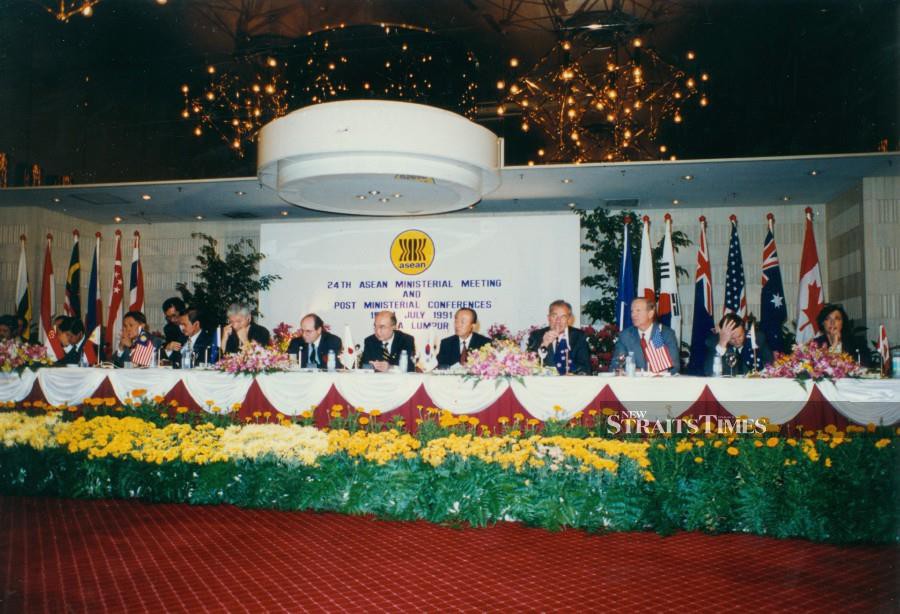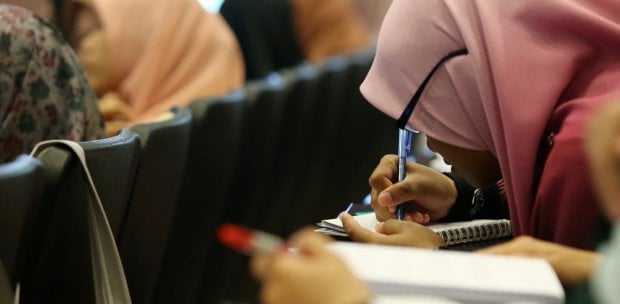A SOLID building cannot rest upon a shaky foundation. Equally, a regional institutional network, aimed at organising such a diverse and complex interaction as the one between Asean and its dialogue partners, needs to have a strong support of like-minded powers.
This year, Asean's relations with Russia, one of such powers, turned 30.
In the past three decades, they went a long way from cautious rapprochement to comprehensive institutionalised dialogue partnership and, finally, to the state officially characterised now as a strategic partnership.
Throughout these 30 years, relations with Asean were important for Russia for multiple reasons, and the centrality of Asean in a wider regional institutional network was one of the most crucial among them.
Russia and Asean initiated their first contacts in 1991 when Malaysia invited the Russian deputy minister for foreign affairs to take part in the 24th Asean Ministerial Meeting.
In 1994, Russia joined the Asean Regional Forum and in 1996, became Asean's full-fledged dialogue partner.
Asean's dense network of dialogue partnerships with major world and regional powers and organisations became a unique feature of this association, resulting in the institutional experience, which is second to none in the world.
It is this very network that enabled Asean to aspire for the driving seat in multiple macro-regional and even trans-regional processes of political and economic cooperation of a much wider scope than the Southeast Asian geographical framework.
For Russia, this particular feature of Asean became principal in the process of building tighter and diversified relations, not only with single countries of Southeast Asia, but also the region.
In 2004, Russia joined the Treaty of Amity and Cooperation (TAC), an important regional legal document stressing the principles of respect to sovereignty and of non-interference in each other's domestic affairs.
Since 2005, five Asean-Russia Summits had taken place. The very first was held in Kuala Lumpur in 2005. Vietnam hosted the second Asean-Russia Summit in 2010.
A Commemorative Summit took place in Sochi in 2016. In 2018, the third summit in Singapore ended with the decision to elevate Asean-Russia relations to a strategic partnership.
Finally, this year witnessed the fourth summit in the framework of video conferencing under Brunei Darussalam's Asean chairmanship.
The 2005, 2016 and 2021 summits resulted in the comprehensive programmes and plans of action concerning further development of Asean-Russia cooperation for the consecutive periods.
In 2010, thanks to Malaysia's support, Russia joined the East Asia Summit, which since that time has been serving as a framework for dialogue between Asean, Australia, China, India, Japan, New Zealand, Republic of Korea, Russia and the United States. It is within the East Asia Summit that Russia had the opportunity to propose a number of region-wide initiatives, like dialogue on inclusive security architecture or most recently — measures to strengthen collective capacity in epidemics prevention and response encapsulated in 2020 East Asia Summit Leaders' Statement.
By this time, a number of Asean-Russia joint endeavours, which could provide additional support to the Asean Centrality in the regional architecture, have also started to take shape.
They include cooperation within the framework of the Asean Defence Ministers' Meeting Plus, Russia's active support for inclusive multilateralism in the Asia-Pacific region, the Asean-Russia dialogue on the ICT security-related issues, and cooperation in the spheres of energy, vaccine production, science and technology, and infrastructure and logistics.
With three decades of Asean-Russia partnership behind, the new stage of cooperation will definitely begin. However, with rising global and regional challenges, including those to the Asean Centrality, this partnership has many prerequisites to utilise the positive legacy of the past, and to have the courage to achieve much more in the future.
The writer is acting director, Asean Centre in Moscow State Institute of International Relations University





